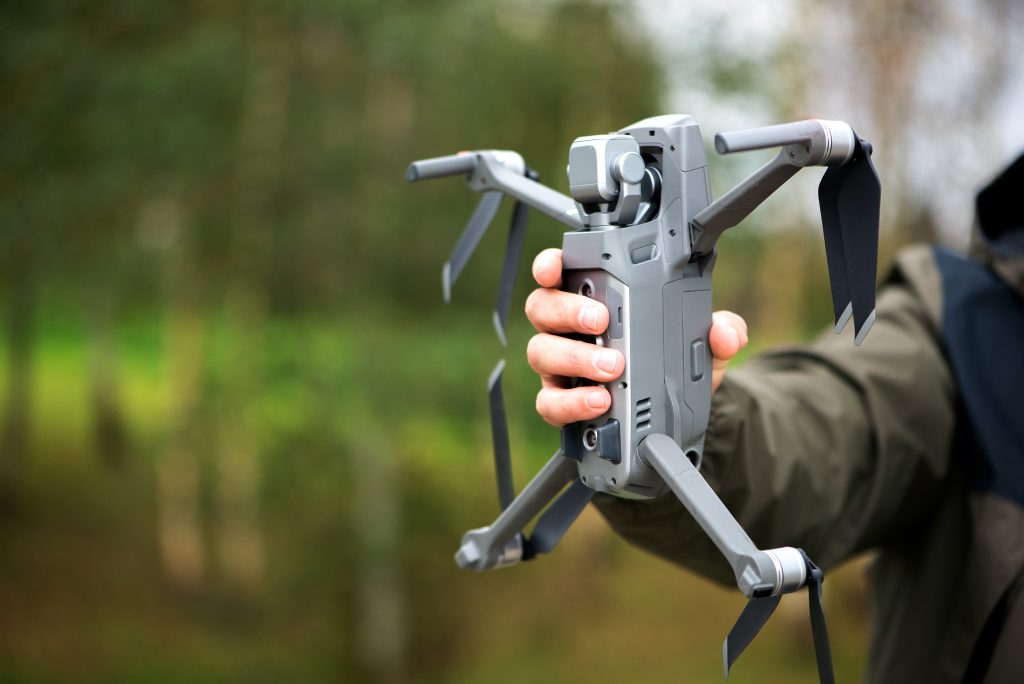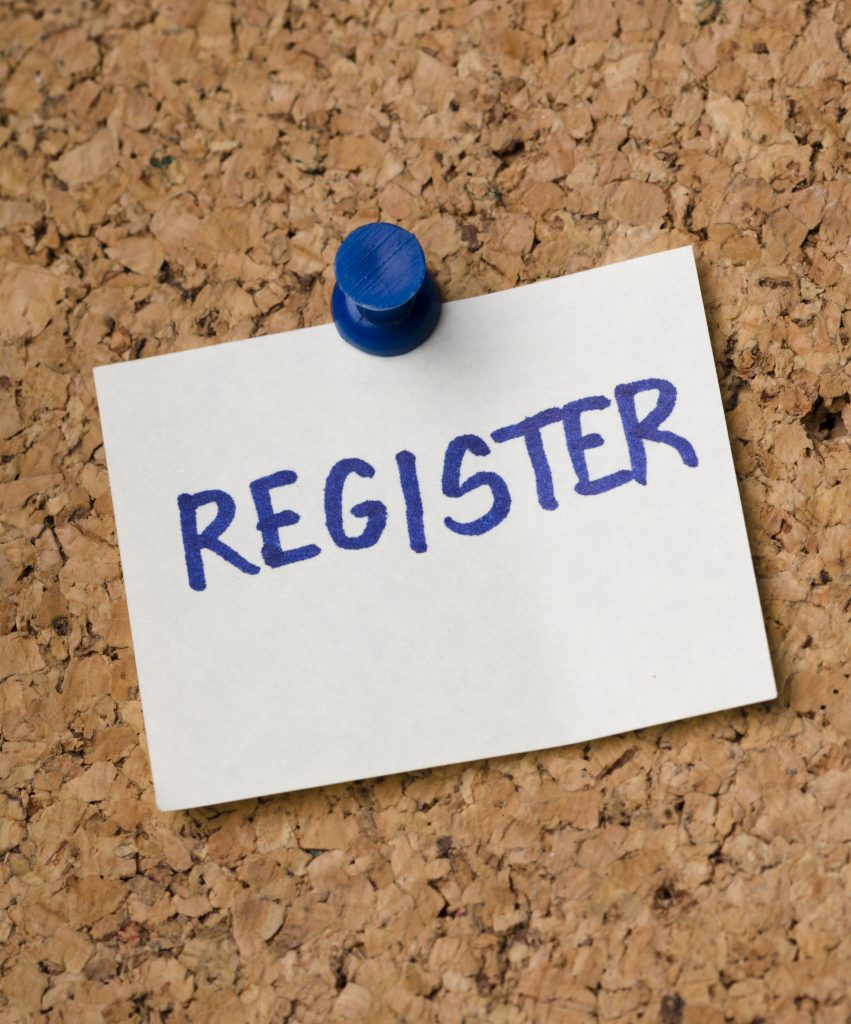So, you’ve bought your new drone and thinking of it flying around your neighborhood. But you have this question whether you can fly a drone in your neighborhood.
The answer is yes. Drones can be flown in residential areas as long as they are flown within the guidelines set forth by the FAA. It is not an invasion of privacy if you are not flying a drone right beside your neighbor’s window.
Now, let’s dive into the guidelines set forth by the Federal Aviation Administration (FAA) for flying drones in residential areas. From understanding the regulations to ensuring safe and responsible operation, we’ll cover everything you need to know about flying your drone in your neighborhood.
Flying Drones in Your Neighborhood

Drone Regulations on Flying in Neighborhoods
When it comes to flying drones in residential areas, there are a few important regulations to keep in mind. These regulations are established by the Federal Aviation Administration (FAA) and are designed to ensure the safety of people and property on the ground.
Firstly, it’s important to register your drone with the FAA if it weighs more than 0.55 pounds (250 grams). This can be done online through the FAA’s registration website, and a unique identification number must be displayed on the drone.
Secondly, drones must be flown at or below 400 feet above ground level, and within the pilot’s visual line of sight at all times. This helps to prevent collisions with other aircraft and obstacles on the ground.
Additionally, it’s important to avoid flying over people, stadiums, or other public events. This helps to protect individuals on the ground from potential harm.
Finally, drone operators must respect the privacy and property rights of others while flying their drones. This means avoiding flying over private property without permission and refraining from recording or photographing individuals without their consent.
It’s important to note that state and local governments may have their own regulations on drone usage. So, as a drone pilot, it’s always a good idea to check with your local authorities before flying a drone in your neighborhood.
By following these guidelines and being a responsible drone operator, you can safely and legally enjoy drone flying in residential areas.
Register your Drone before flying your drone

The registration process is relatively straightforward and can be done online through the FAA’s registration website. You’ll need to provide some basic information about yourself and your drone, including the make and model of the drone, its weight, and the purpose of your drone usage (hobby or commercial).
Once you’ve completed the registration process, you’ll receive a unique identification number that must be displayed on your drone. This identification number helps to identify your drone in the event of a mishap or violation of FAA regulations.
It’s important to note that failure to register your drone can result in fines and penalties, so it’s essential to ensure that you’re in compliance with all FAA regulations before taking your drone out for a spin.
Overall, registering your drone is an important step in the process of flying your drone in residential areas.
FAA controls the air, not the cops Nor the Landowner
When it comes to flying drones in residential areas, it’s important to understand that the Federal Aviation Administration (FAA) controls the airspace, not local law enforcement or landowners. This means that the FAA has the authority to establish rules and regulations for flying drones in the United States, including in residential areas.
If FAA distinguishes some areas as no fly zones, then you are not allowed to do any drone operations in those zones.
Recreational drone pilots should follow FAA at any cost. Then again, it does not matter if you are one of the recreational drone operators or a commercial drone pilot using drones for commercial drone flights; following FAA is a must.
While landowners may have control over their property and what happens on it, they do not have control over the airspace above their property. This means that drone operators are required to follow all FAA regulations, regardless of whether they are flying over private property or public land.
If you’ve talked with the local cops and they stop you from flying a drone, you should let them know about FAA regulations and follow that accordingly because FAA controls the air, not the local cops.
It’s important to note that the FAA’s regulations on drone usage are in place to protect the safety of individuals on the ground, as well as to prevent collisions with other aircraft in the airspace.
By following these regulations and being a responsible drone operator, you can safely and legally enjoy flying your drone in residential areas.
Local laws
Most drone pilots follow FAA laws and avoid local laws as it is not needed most of the time.
As I’ve already mentioned, following FAA rules and regulations is very much important. But you should also obey the local drone laws to play it safe.
Local laws relating to drone flight usage may vary widely, depending on the specific community and its concerns. For example, some local governments may have regulations related to noise pollution, privacy concerns, or restrictions on flying in certain areas.
If you’re planning to fly your drone in your neighborhood, it’s important to research any state and local laws that may be in place to ensure that you’re in compliance. This may involve contacting your local government or law enforcement agencies to inquire about any applicable regulations.
Failing to comply with local laws related to drone flights can result in fines, penalties, and other legal consequences. It’s essential to ensure that you’re aware of all regulations, both at the federal and local levels, before taking your drone out for a spin in your neighborhood.
Overall, local laws can have a significant impact on the use of drones in residential areas.
By being aware of and complying with these regulations, you can ensure that you’re operating your drone safely, legally, and responsibly in your community.
Get permission from Neighbors
It is not necessarily needed to get permission from neighbors, but you can get permission from neighbors if you are flying under 400 feet and very close to your neighbour’s house.
By getting permission from your neighbors before flying your drone, you can help to avoid potential conflicts and ensure that everyone is comfortable with your drone usage. This can also help to build trust and a positive relationship with your neighbors, which can be beneficial if you plan to fly your drone in the area on a regular basis.
If you’re unsure about how to approach your neighbors about your drone usage, consider explaining the purpose of your drone and any safety precautions you’re taking.
Overall, obtaining permission from your neighbors before flying your drone is an important step in being a responsible and considerate drone operator in your residential area. By being respectful and considerate of your neighbors, you can help to avoid potential conflicts and ensure safe and enjoyable drone usage for everyone in the community.
Risks associated with flying drones in Neighborhoods

Flying drones in residential areas can be an exciting and rewarding experience, but it’s important to be aware of the risks and caution when operating your drone.
Here are some potential risks to consider when flying drones in neighborhoods:
1. Privacy concerns:
Drones equipped with cameras can potentially invade the privacy of individuals in the neighborhood.
It’s important to be respectful of others’ privacy and avoid flying your drone over private property without obtaining permission from the property owner.
2. Noise pollution:
Drones can be noisy, especially when flown at high altitudes or in close proximity to residential areas. Be mindful of the noise levels and consider the impact on your neighbors.
3. Collisions with other objects:
Drones can be difficult to control, and there is always a risk of colliding with other objects, such as trees, buildings, or other aircraft. Always fly with caution and be aware of your surroundings.
4. Interference with other Devices:
Drones can potentially interfere with other electronic devices, such as Wi-Fi networks or cell phone signals. Be mindful of the potential impact on others in the area.
5. Accidents and Injuries:
Drones can be dangerous if not operated safely. Always follow FAA guidelines and regulations to avoid accidents or injuries to yourself or others.
To minimize these risks, it’s important to fly with caution and always follow FAA guidelines and regulations.
Be mindful of your surroundings, avoid flying over private property without permission, and consider the potential impact on your neighbors when operating your drone in residential areas.
Overall, by being a responsible drone operator and exercising caution when flying in residential areas, you can help to ensure safe and enjoyable drone usage for yourself and others in your community.
Tips on How to Fly Drones Safely in Residential Areas
Flying drones in residential areas requires careful consideration and responsible operation to ensure safety for yourself, others, and property.
Here are some tips on how to fly drones safely in residential areas:
1. Check FAA regulations:
Before flying your drone, check the FAA regulations for the specific location you plan to fly in. Ensure you have proper registration, and follow all guidelines.
2. Choose an appropriate location:
Choose a location that is clear of obstacles, crowds, and power lines. Avoid flying over private property without permission.
3. Check weather conditions:
Check the weather conditions before flying your drone. Wind and rain can make flying more difficult and potentially dangerous.
4. Maintain visual line of sight:
Always keep your drone in sight, and do not fly too high or too far away from your position.
5. Avoid flying near people and animals:
Avoid flying near people and animals as they can be unpredictable and may pose a risk to your drone or others.
6. Respect privacy:
Always be respectful of others’ privacy, and avoid flying your drone over private property without permission.
7. Stay away from emergency response areas:
Avoid flying your drone near emergency response areas, such as hospitals or police stations, as they can interfere with important operations.
8. Use caution during takeoff and landing:
Takeoff and landing are critical moments, and you should exercise caution during these times to avoid accidents or injuries.
By following these tips and being a responsible drone operator, you can help to ensure safe and enjoyable drone usage in your residential area. Remember always to prioritize safety and respect the privacy and comfort of your neighbors.
Conclusion
In conclusion, flying a drone in your neighborhood can be an enjoyable and exciting experience, but it also requires a responsible and safe operation.
It’s important to follow all FAA regulations and guidelines, register your drone, and obtain liability insurance to minimize the risk of legal and financial consequences in the event of an accident. It’s also important to be respectful of others’ privacy and property and to fly with caution to prevent accidents and injuries.
By following these guidelines and being a responsible drone operator, you can enjoy the many benefits of drone technology while ensuring the safety of yourself and others in your neighborhood.
Remember to prioritize safety and respect, and always fly responsibly to help ensure the safe and enjoyable use of drones in residential areas.

